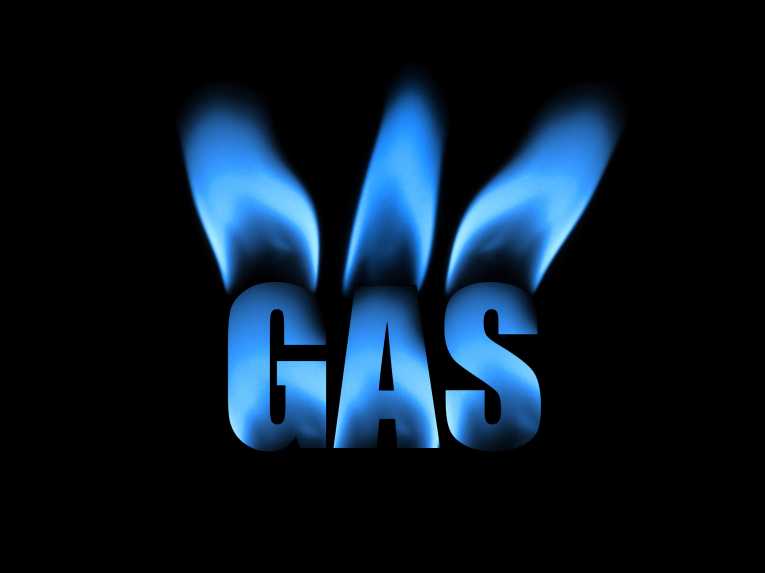The invisible menace of particulate pollution, linked to asthma, heart conditions and lung cancer, has been found to be lurking in the densely populated alleyways of Accra, Ghana. And it is the poorest who are paying the price, in this fast-growing African city. A study, just published in the latest online journal of the Proceedings of the National Academy of Sciences, has carefully mapped income, fuel use and pollution in the capital city of Ghana. This is a first, as most previous studies have looked at pollution from smoky fires only in rural areas.
The research looked in particular at four parts of the city. Two of these had the some of the lowest average incomes, and the most crowded of living conditions - Jamestown and Nima. The third area was at a more middling level of income, Asylum Down; whereas the last was the richest, East Legon. These four places showed widely varying living conditions, and the people living in them had made very different choices when it came to their cooking habits and fuel use.
The poorest areas used mainly charcoal to cook their morning and evening meals, a fuel which is known to produce large amounts of tiny suspended particles - 'particulate matter' - in its smoke. This can lodge in the airways, lungs and even the veins of people breathing it in. Most cooking in Jamestown and Nima was conducted out-of-doors, in communal cooking areas of open courtyards.
Less people used charcoal in the middle income Asylum Down area - and here they tended to cook indoors. This was because people in this part of town lived in their own houses, without needing to use shared cooking areas. Kerosene or LPG stoves were also more common in Asylum Down. In the up-market East Legon, big and relatively new houses, with modern cooking facilities, are the rule - and so there is a very low charcoal use.
When the levels of particulate matter was measured across these areas, as might be expected, it was found that the highest concentrations were in the poorest parts of town - who cooked mainly with charcoal. Levels of pollution were highest in the mornings and evenings. But interestingly, the pollution indoors was less than that for out-of-doors, because most of the cooking was done outside. That means that the solution of improved ventilation - often put forward for those cooking indoors in rural areas - would be of little use in urban Accra.
Instead the authors suggest that the government support the switching over to LPG, kerosene or natural gas for cooking. Most poor residents of Jamestown and Nima cite the high costs of stoves - and the fact that LPG stores are too far from their homes - as the main reasons for the continued use of charcoal. Those factors matter more to them than the cost of the fuel. If the poorer residential areas were not bypassed during the upcoming development of natural gas resources, those worries could be overcome, say the authors.
Such an approach could also benefit the wider environment. Much of the charcoal used in Accra comes from Ghana's forests, which are being depleted at worryingly fast rates. As long as that charcoal is coming from primary forests, which are not being replaced, there is an ongoing bleeding of CO2 into the atmosphere. So switching to natural gas may help to staunch that flow, and so slow climate change emissions - as well as to improve the health and well-being of Ghana's least privileged of communities.
Top Image Credit: © C Barhorst










